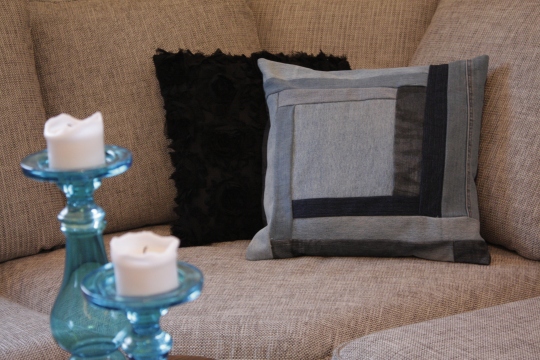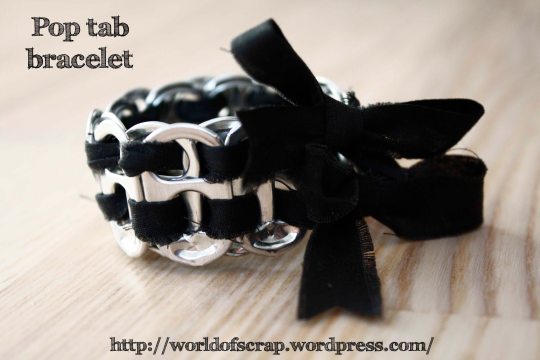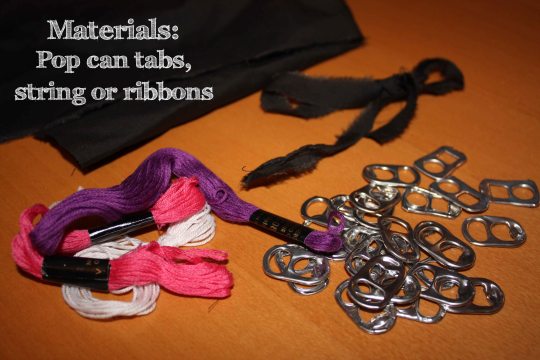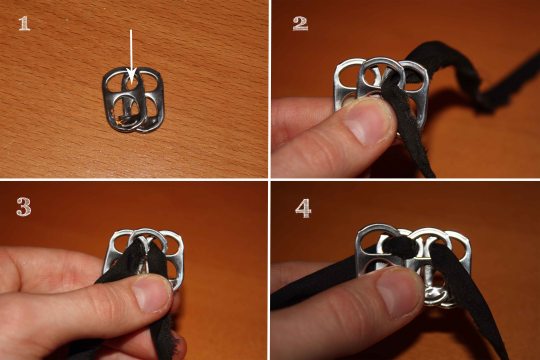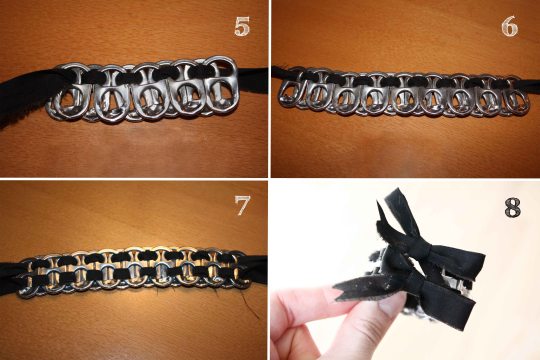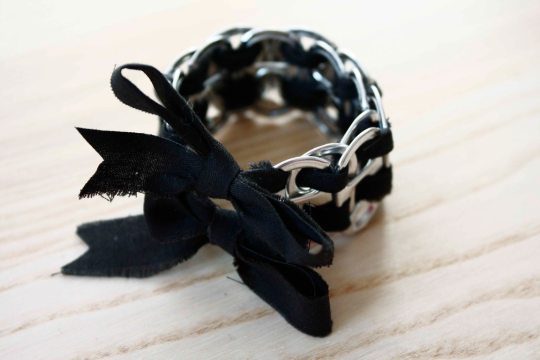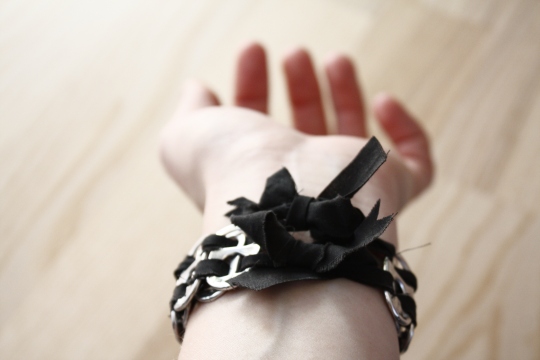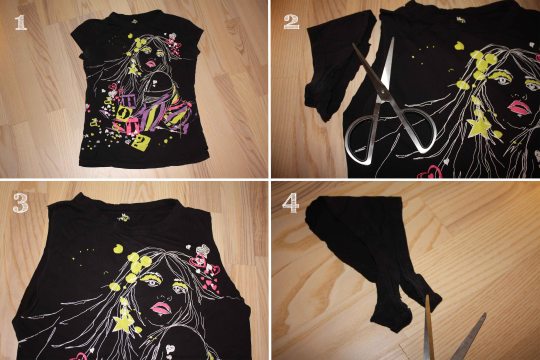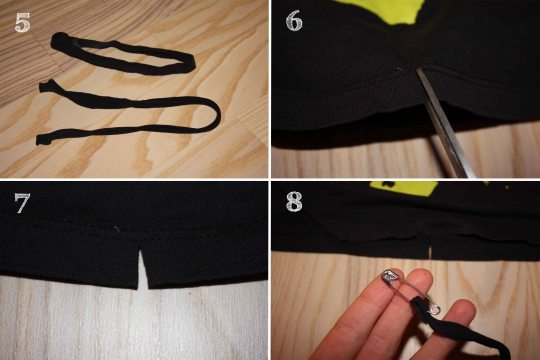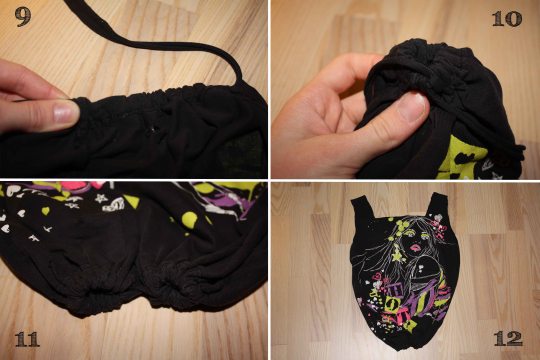Clothes can be a big problem for someone who wants to lead an environmentally friendly life, because even if they are your size, whole and clean, you might not want to wear them. Why? Because they are not fashionable, or simply not to your liking. This is called perceived obsolescence, and what it means is that you perceive your clothes as unusable and worthless even though they’re not. Because fashion changes quickly and often, we consume clothes more rapidly than we would have if the only criteria for a nice garment would have been its size and condition. But perceived obsolescence is not real obsolescence and the clothes that we throw away because they’re out of style are still valuable and useful. All it takes is to see beyond the illusion of worthlessness that fashion builds for us. With some creativity you can give garments that you no longer like new life, either as another outfit, or as something completely else – like a pillowcase!
This is a tutorial for a pillowcase made out of scrap pieces of jeans, so for this craft your old pants don’t even have to be whole – you simply cut out strips from where they are. If you get left over pieces that are too small to be used in another project, you can recycle them just like with other materials. Recycled textiles can become everything from furniture stuffing to car insulation. But don’t forget that just because you find your clothes unfashionable and want to make pillowcases out of them, not everybody might. If your clothes are in good condition, try exchanging them with your friends or giving them to a second hand shop before you start cutting them to pieces. Here’s a small rhyme for you: The more we re-use, the less we have to new-produce. Happy re-using!
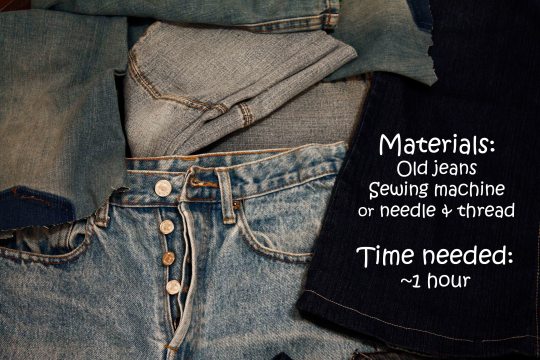
For this craft you will need: Jeans that you can’t or don’t want to wear any longer (preferably several ones with different colour tones), something to sew with (I used a sewing machine), scissors and other pieces of textiles if you want to make the backside in a different material, like I did. I used an old sheet.
You should count on spending at least an hour with this craft, and possibly more depending on how skilled you are at sewing.
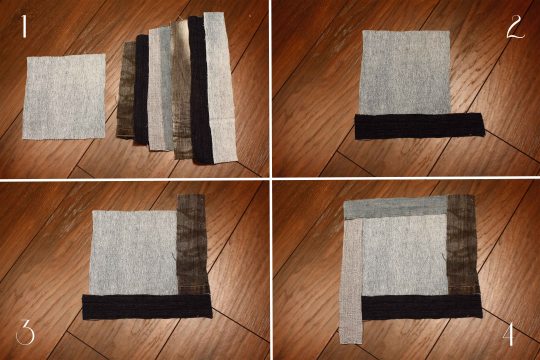
1. Cut out a square piece of jeans as well as strips of increasing length. The shortest one should be slightly longer than the sides of the square (the bit sticking out should be slightly longer than the width of the next strip). Always make the pieces a bit larger than you want them, because some of the material will become hidden when you sew the pieces together.
2. PLace one of the strips next to the square.
3. Place the next strip so that it fits in the corner made by the next side of the square and the piece of the previous strip that’s sticking out. This strip should also be longer than the side of the square.
4. Continue all around the square, letting the last strip stick out past both the square and the first strip.
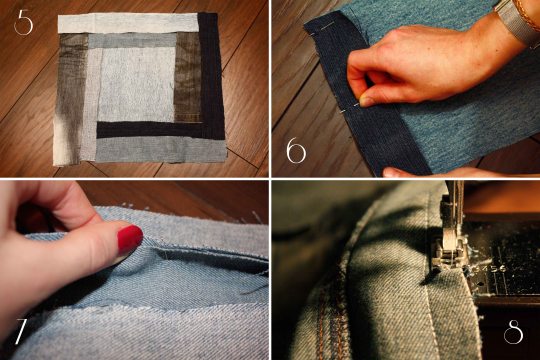
5. Continue in this manner until the new square formed by the square piece and the strips is slightly larger than the pillow on which you plan to use it. (Remember that it will shrink in size as you sew it together).
6 & 7. Start pinning the pieces together, placing the ‘upper’ sides (the ones you want to see in the end) against each other.
8. Sew it all together. In the end you might have to add more strips or cut away parts until you get a nice square of the correct size. It should still be slightly bigger than the actual pillow, so that it doesn’t become too small when sewn together with the back part.
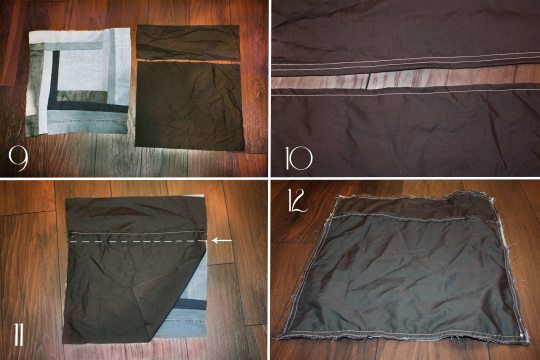
9. Now it’s time to make the back side of the pillowcase. If you want something simple, you can just cut out a piece of cloth equally large as the front side and sew them together upper side against upper side. But then you have to leave one side open so that you can turn it inside out and put the pillow in before sewing the last part, and you won’t be able to change the pillowcase without opening the seams. I decided to instead make a back side out of two pieces of textile that overlap, which enables you to both sew the entire thing together turned inside out (you get invisible seams all around) and switch pillowcase later if you feel like it.
Cut out two pieces of cloth (for example from an old sheet) that are equally wide as the front side, but shorter. Together they should be longer than the front side, so that if you put them on top of it they overlap. I made one longer than the other so that the opening of the pillowcase isn’t in the middle of the back side, but rather three quarters of the way up.
10. Sew the edges of the pieces of sheet that will be free (the edges of the parts where they will overlap) so that they don’t fray.
11. Place the back side pieces ‘upper’ side down on top of the front side (the sides that you want facing outwards on the finished pillowcase should now be facing each other). Make sure that the back side pieces overlap (as illustrated by the arrow and the dotted line in the picture).
12. Pin the pieces together and then sew all around. Then turn the pillowcase inside out using the opening created by the overlapping back side pieces.
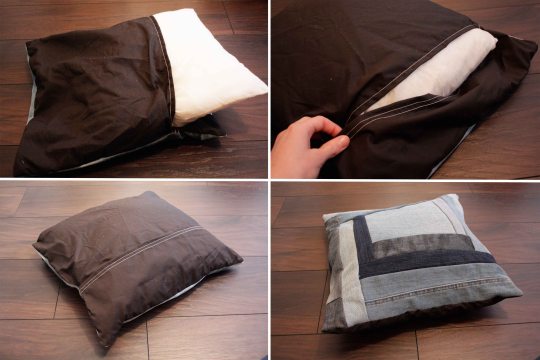
Place a cushion inside your pillowcase and hide the opening at the back. (If it wants to open at the back you can place a button from one of your jeans pairs on the inner backside piece and make a buttonhole on the outer. That will both keep the backside closed and be a nice decoration.)
This is the finished result of my jeans pillowcase:
